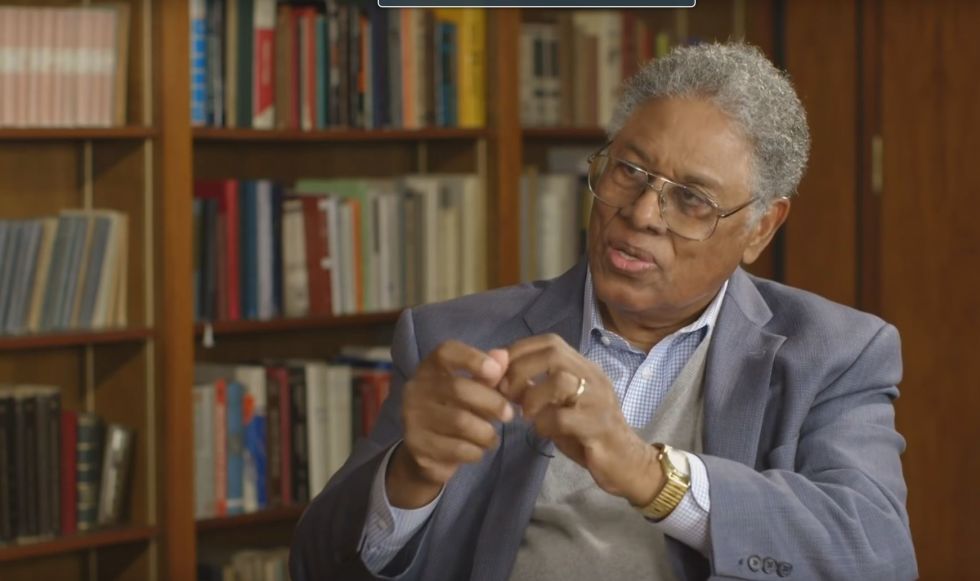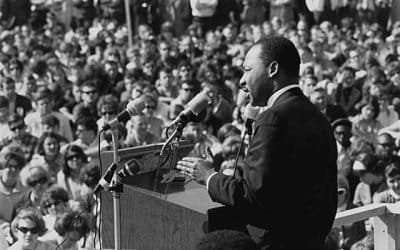It might be a hilarious comedy routine to have a group of highly educated judges solemnly expounding on something that everybody knows to be utter nonsense. But it isn’t nearly as funny when this solemn discourse about nonsense takes place on the Supreme Court of the United States — and when most people are unaware of what nonsense the learned justices are talking. The issue before the High Court is whether local authorities have the legal right to make students’ race a factor in deciding which school to assign them to attend.
The parent of a white student is complaining because he is not allowed to go to the school near where he lives but is instead being assigned to a different school far away, in order to create the kind of racial mix of students the local authorities are seeking, in the name of “diversity.”
Those of us old enough to remember the landmark 1954 Supreme Court decision in Brown v. Board of Education will see a painful irony now, since that case began because a black girl was not allowed to go to a school near where she lived but was instead assigned to a different school far away, because of the prevailing racial dogmas of that day. The racial dogmas have changed since 1954 but they are still dogmas. And flesh-and-blood children are still being sacrificed on the altar to those dogmas.
Some of the learned justices are pondering whether there is a “compelling” government interest in creating the educational and social benefits of racial “diversity.” If so, then supposedly it is OK to do to white kids today what the Supreme Court back in 1954 said could not be done to black kids — namely, assign children to schools according to their race.
What are those “compelling” benefits of “diversity”? They are as invisible as the proverbial emperor’s new clothes. Yet everyone has to pretend to believe in those benefits, as they pretended to admire the naked emperor’s wardrobe. Not only is there no hard evidence that mixing and matching black and white kids in school produces either educational or social benefits, there have been a number of studies of all-black schools whose educational performances equal or exceed the national average, even though most black schools fall far below the average.
My own study of successful all-black schools was published 30 years ago in The Public Interest quarterly. Since then, there have been other studies of similar schools across the country, published by the Heritage Foundation in Washington and by scholars Abigail and Stephan Thernstrom, among others. There have also been all-Chinese-American schools that exceeded national norms. How have such schools managed to succeed and excel without the “compelling” need for a racial mixing of students?
Look at it another way: Have black kids bussed into white schools had their test scores shoot up? No — not even after decades of bussing. Some black students — in fact, whole schools of them — have performed dramatically better than other black students and exceeded the norms in white schools. Yet this phenomenon, which goes back as far as 1899 and included an all-black school within walking distance of the Supreme Court that declared such things impossible back in 1954, is totally ignored.
Are such things exceptional? Yes. But the mystical benefits of “diversity” are non-existent, however politically correct it is to proclaim such benefits. Hard evidence shows that students of all races can succeed or fail in schools that are racially mixed or racially unmixed.
The latest variation on the theme of mixing and matching by race is that there needs to be a “critical mass” of black students in a given school or college, in order for them to perform up to standard. Not only is there no hard evidence for this dogma, such hard evidence as there is points in the opposite direction. Bright black kids have benefited from being in classes with other bright kids, regardless of the other kids’ color.
All this is ignored in the Supreme Court’s supreme farce.




